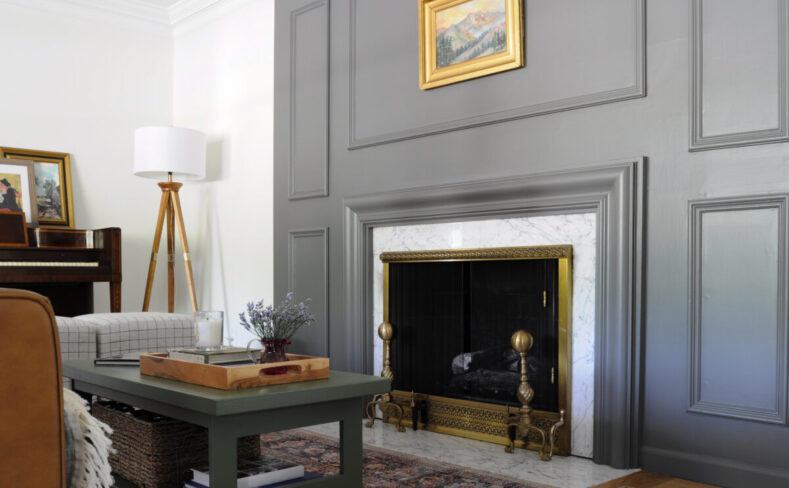
Accent Wall Molding and Decorating Design Ideas for Your Home
Wall moldings combine functionality and elegance. They can effectively hide cracks, gaps and other surface imperfections—an unavoidable problem with any building. Apart from that, it is also used to decorate surfaces and create eye-catching design statements.
Wall molding, defined as any finish or decorative wood detail added to a wall, is a designer favorite of 2023. In fact, our design team believes that wainscoting, planks and battens, picture frame molding, and more will slowly replace the once ubiquitous painted walls over the next few years.
Commonly known as trim or millwork, wall decorations can enhance any space and add more character and charm than paint. Get an early look at our official assortment of different types of wall moldings, as well as our tried-and-true wall molding ideas for 2023 and beyond.
I. Different wall decoration design
1. Elevate your walls with elegant moldings
Wall molding ideas and designs are a low-cost solution to changing the aesthetics of a room. For those of you who may not be able to tell the difference between bay and crown, here’s an explanation of the different wall molding styles!
2. Wall forming material
You can use MDF, natural wood or polyethylene trim for wall coverings. Wood is stronger and more durable than plastic or MDF. However, it tends to shrink slightly. Use natural wood if you prefer the natural look of clear-coated or stained wood. You can also use MDF or plastic if you plan to paint the trim. MDF is the cheapest finishing material. However, it is easily damaged. Plastic polymer trim is more expensive than MDF, but lasts longer and doesn’t shrink like wood. We recommend that you research and choose the option that is best for your family.
3. Types of wall moldings
Wall molding helps hide any irregular architectural lines in your home. It also gives the impression of a grander ceiling and a larger space. Simpler designs are suitable for small houses because they don’t overwhelm the space. Let’s take a look at the types of wall moldings and how they can protect your walls.
4. Chair rail molding
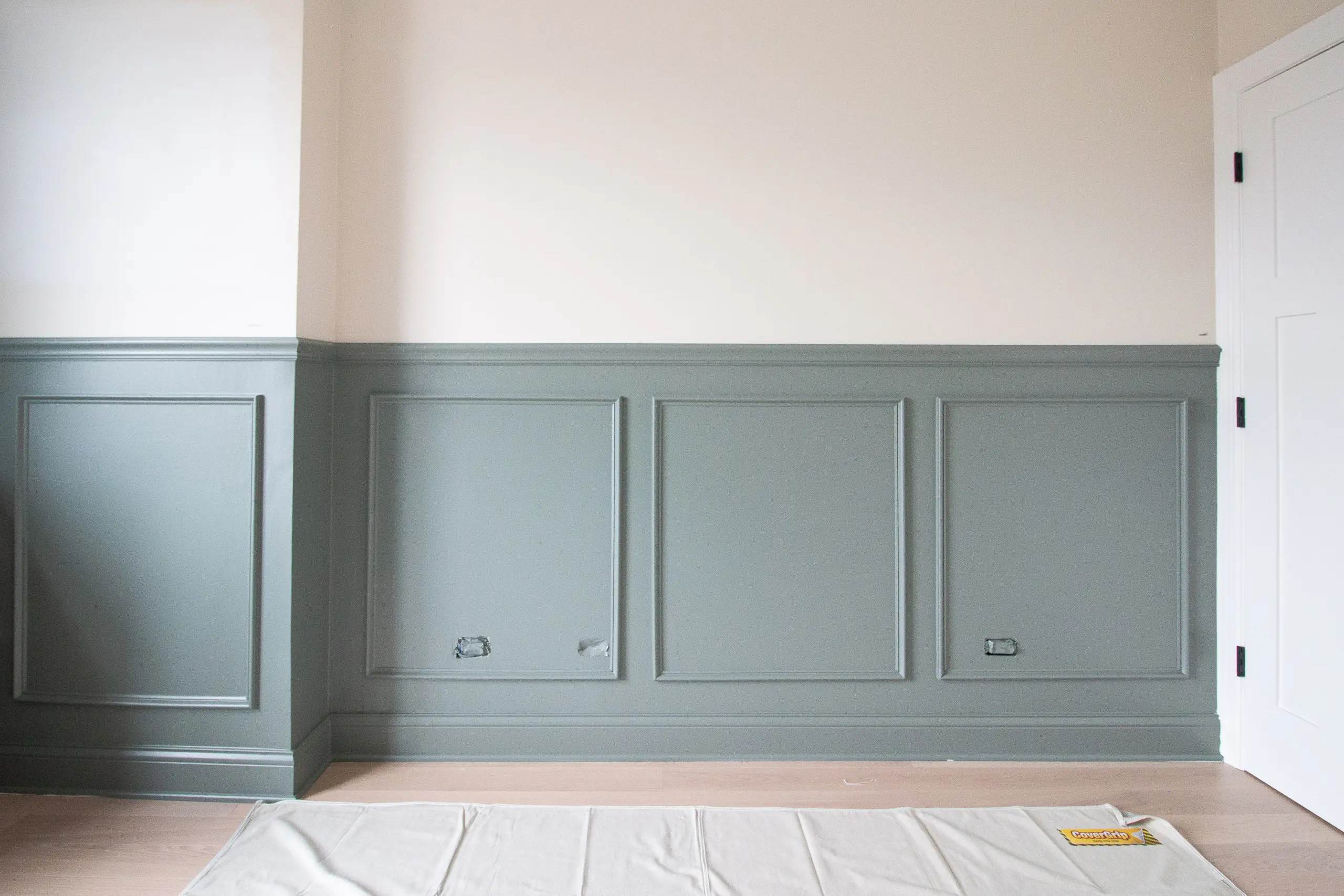
Source: https://www.google.com/how-to-add-chair-rail
The chair rail molding is a horizontal wall formwork design that rises three feet above the floor. As a general rule, chair rail moldings should be installed at a height of 25% of the room height. This is where your dining chairs may come into contact with the wall. The original purpose of chair rails moldings was to protect walls from damage caused by chairs. However, the design has now become a popular decorative element for spaces. You can create a visually appealing diversion to your space with these wall decorations. Try painting one color above the chair arm and another below it for a more aesthetically pleasing look.
5. Crown wall molding
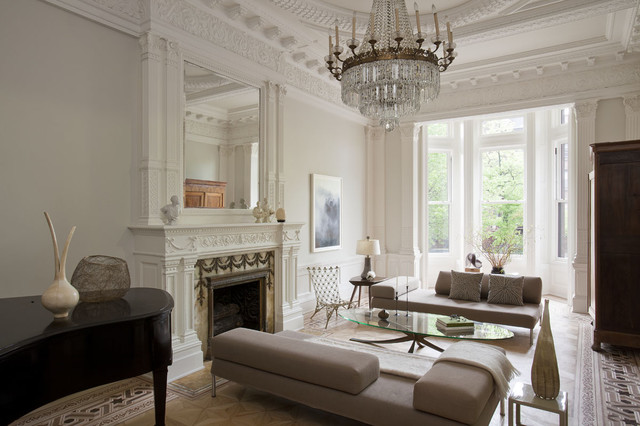
Source: https://www.google.com/crown-molding-is-it-right-for-your-home
Crown molding can be found where the walls meet the ceiling. Therefore, it is usually built at a 45-degree angle. It also has a cutout area on the back for a sophisticated look that can boost your property’s value. Crown wall moldings come in a variety of designs and forms. You can further enhance it by installing skirting boards beneath it to make it appear wider and more dramatic.
6. Design of skirting wall
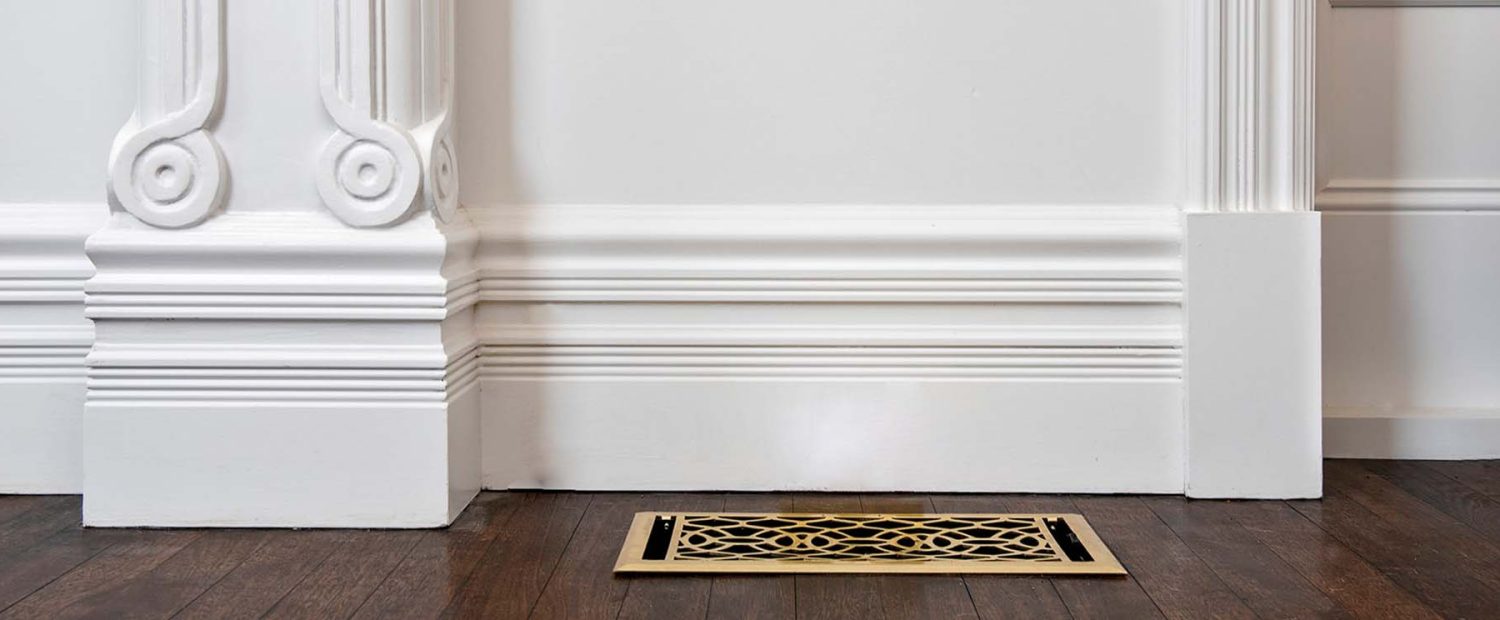
Source: https://www.google.com/wall-trim-mouldings-skirting-boards-and-architraves
This type of molding is often installed where the floor meets the wall and is both aesthetically pleasing and functional. It improves the transition between floors and walls. Especially if the two differ substantially in color, finish or texture. Baseboards hide uneven surfaces and protect walls from damage from slamming doors and cabinets. This wall molding design doesn’t have to be the same color as the other designs; it can be made of tile, plaster, or wood.
7. Casing wall shape design
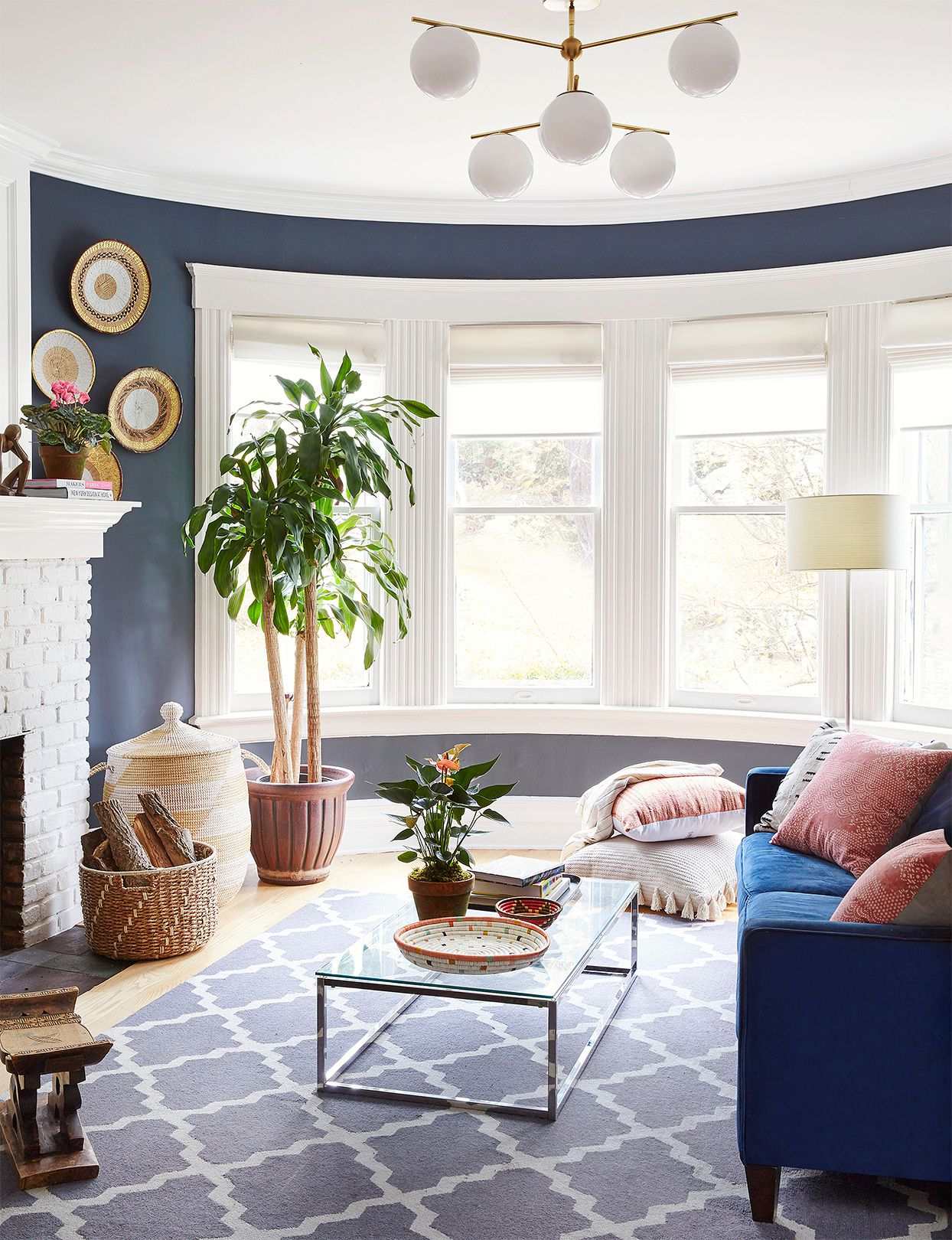
Source: https://www.google.com/types-of-trim
This is wall formwork around your home’s interior and exterior windows, filling the gaps between the wall and the window or door frame. These are essential to ensuring your home has a smooth finish and are often installed during the construction of the building.
8. Arched wall shape
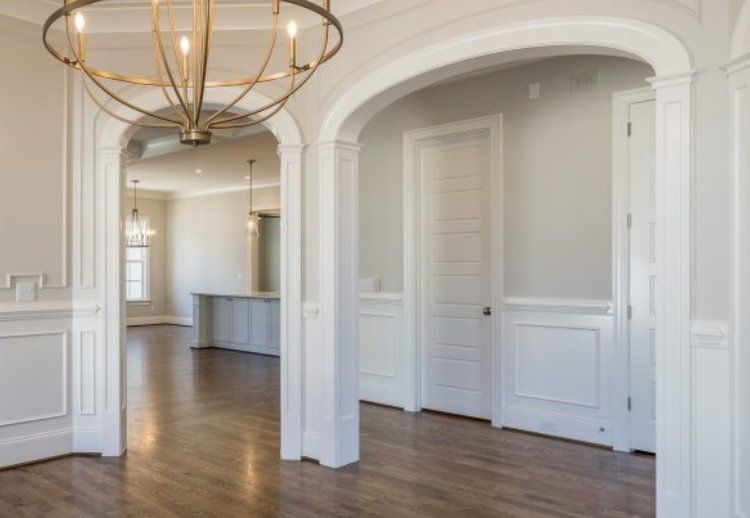
Source: https://www.google.com/arched-wall-shape
Cove molding is a simpler version of crown molding which is popular in Indian houses. It is a bare wall design with concave shapes and some stepped accents. Coving is a creative way to enhance the perception of vertical height and make a space appear larger. For added drama, keep the cove white or paint it a contrasting color.
9. Design of base plate and wall surface
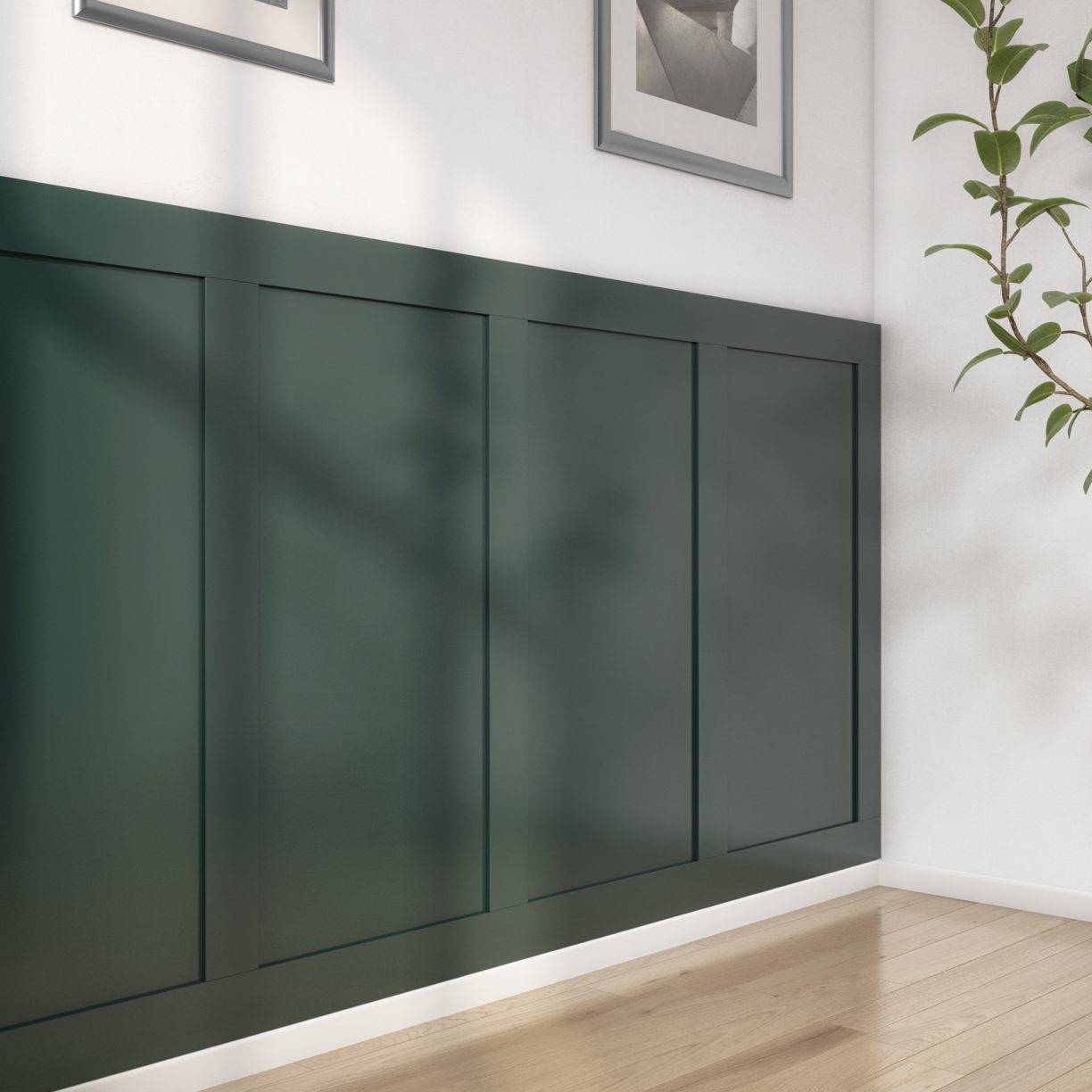
Source: https://www.google.com.hk/cheshire-mouldings-wall-panelling
Have you ever seen the long strips of wood on the walls of stylish homes? That’s what backplane means. They provide a seamless transition from wall to floor. Baseboards are the most commonly used wall covering style. They are also the easiest to install. The best thing to do is to choose from a variety of forms, styles and sizes. They can be very narrow or as wide as six inches. They typically measure three to five inches in a standard-sized home.
II. How and when to add wall sweeping?
1. Fill large blank walls
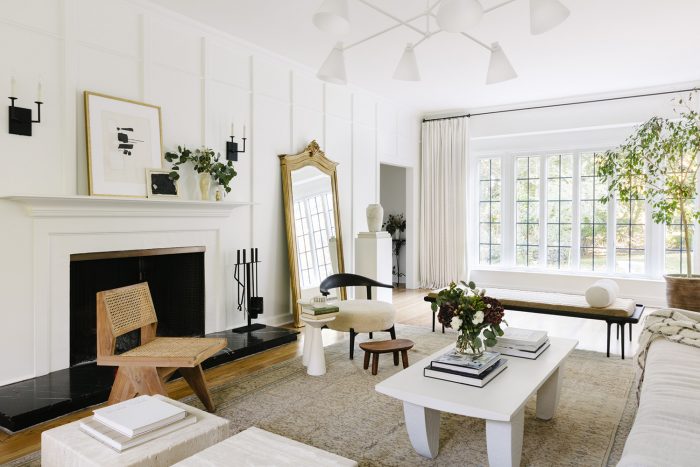
Decorating a huge blank wall can be a daunting task for professional designers and amateurs alike. Rather than building a fancy gallery wall, painting an accent wall or installing wallpaper, wall styling is about adding visual interest, subtle pattern and personality all at once. Adding lighting and a mirror or a piece of art can complete the look without excess trim, shelving or artwork.
2. Add details to small spaces
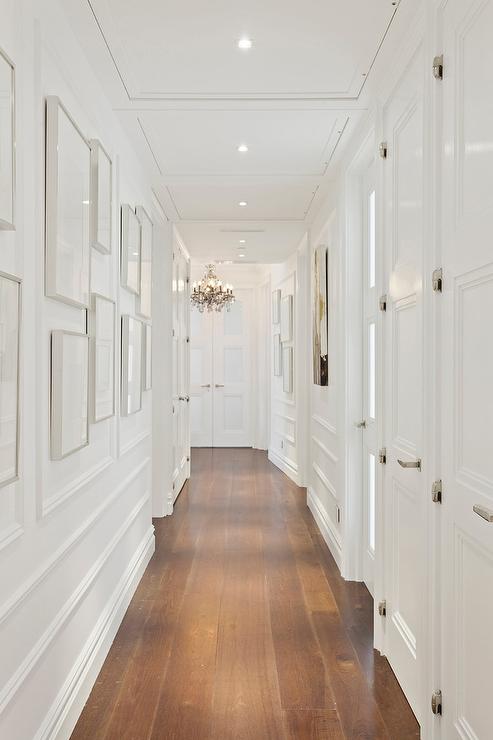
Source: https://www.google.com.hk/hallway-wall-molding
Small spaces such as hallways, staircases and bathrooms are perfect for wall moldings. For example, wainscoting in a long hallway adds the perfect detail to a space where furniture options are not an option. Crown molding and trim can complete the look of built-in bookcases in a cozy home office, while picture frame molding lining a staircase is an easy way to add personality to hard-to-decorate vertical walls.
3. Inject personality into new buildings
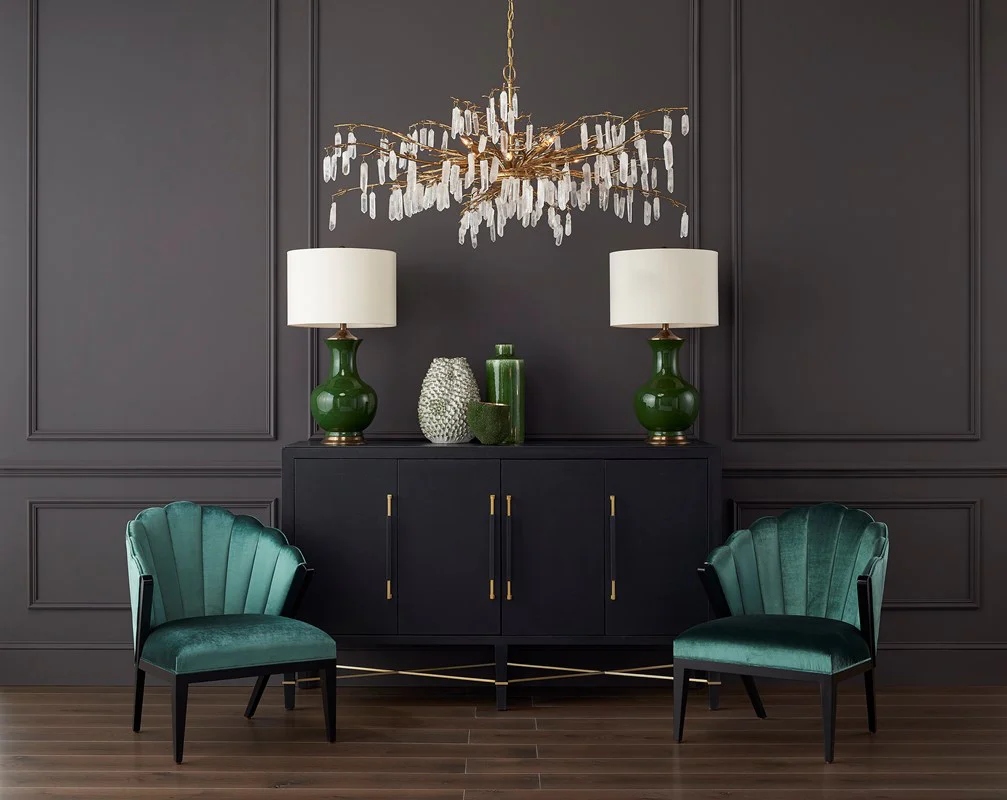
Source: https://www.google.com.hk/dawn-chandelier-wall-panel
Unfortunately, many new constructions lack the classic architectural details that can add character and charm at a reduced cost. The result is a lot of humble drywall that can easily feel cold and one-dimensional. Adding decorative crown moldings to new construction is an efficient and relatively affordable way to add character to a brand new apartment or home.
4. Differentiate the rooms in an open house
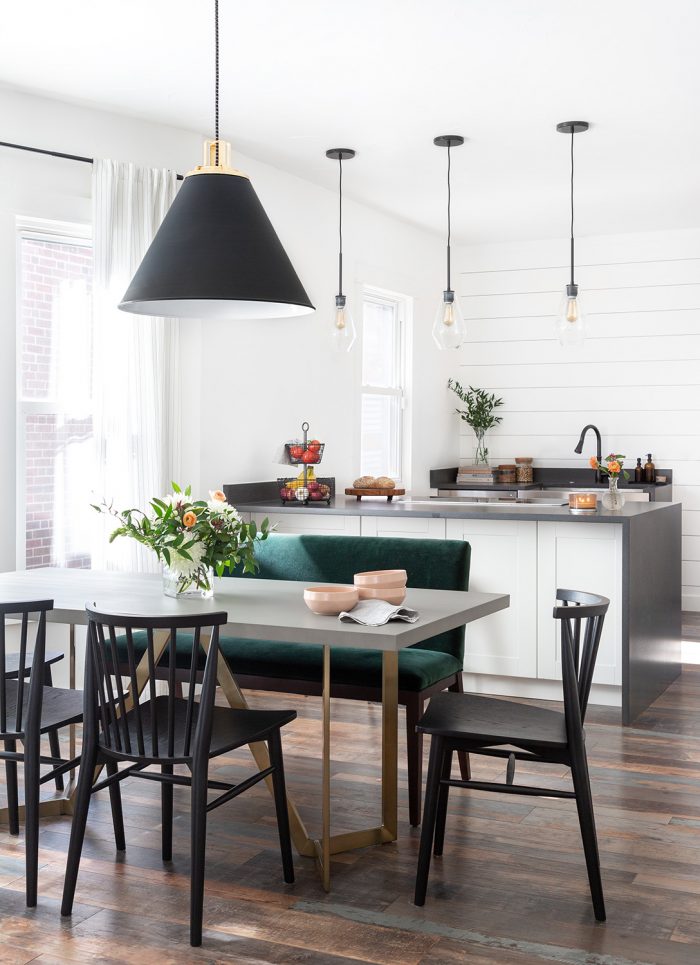
If your home or apartment has an open floor plan, you can use wall panels, shiplap boards, or wainscoting to separate different rooms. For example, adding a shiplap to your kitchen separates it from the nearby dining room, while picture frame molding near the fireplace in the living room creates an appropriate design focal point.
5. Make the space with high traffic more durable
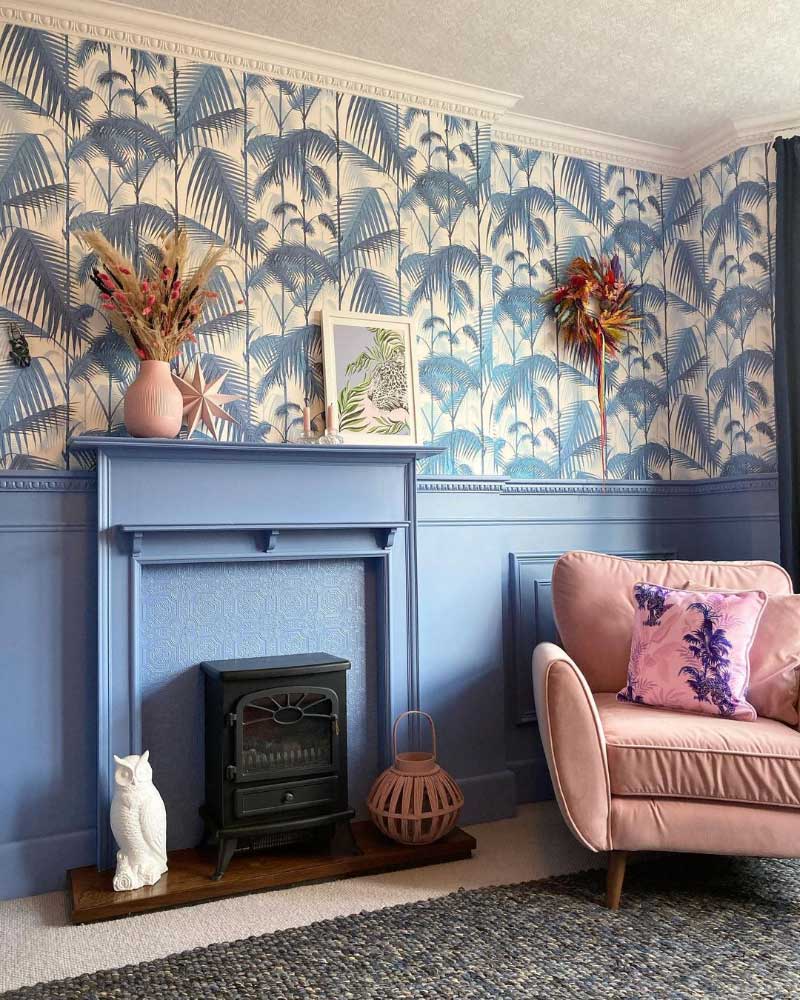
Source: https://www.google.com.hk/best-half-wall-panelling-ideas-to-revamp-your-home
In high-traffic spaces like entryways, mudrooms, and hallways, consider traditional wall molding applications. Using wainscoting and lap boards can add to the long-term durability of the space and protect it from wear, dust and grime.
6. Locks in moisture
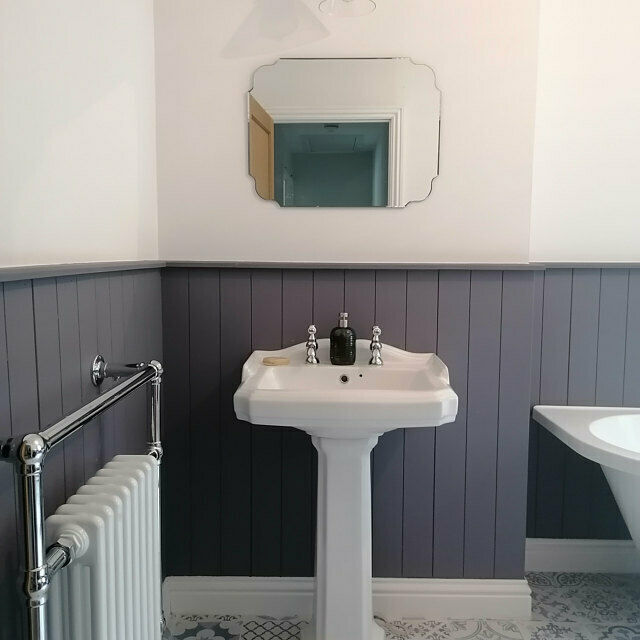
Source: https://www.google.com.hk/diywallpanelling.-tongue-and-groove-style-wall-panelling
Likewise, wall molding can add a layer of protection in high-humidity areas like bathrooms, laundry rooms, and kitchens. For example, a simple plank covered with chair rails around the bathtub or behind the washer and dryer can further lock in moisture and prevent water damage.
7. Add details to the ceiling
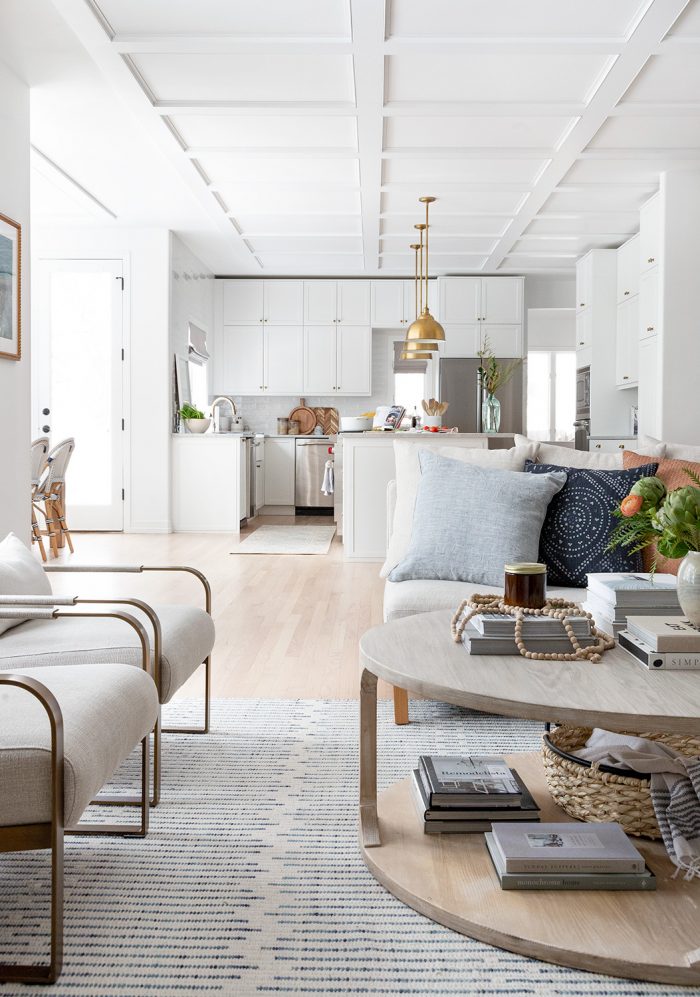
While we’ve been talking only about walls, wood paneling can also be a beautiful addition to large, empty ceilings. Similar to ceiling wallpaper, ceiling millwork and paneling can catch the eye and add more subtle character and charm to your home.
Quick Quotation



